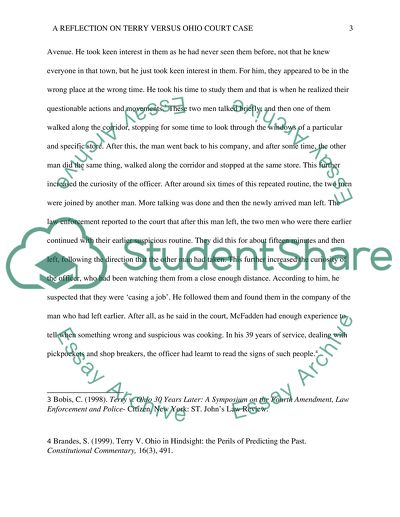Cite this document
(“Terry vs ohio Research Paper Example | Topics and Well Written Essays - 2500 words”, n.d.)
Retrieved from https://studentshare.org/law/1497723-terry-vs-ohio
Retrieved from https://studentshare.org/law/1497723-terry-vs-ohio
(Terry Vs Ohio Research Paper Example | Topics and Well Written Essays - 2500 Words)
https://studentshare.org/law/1497723-terry-vs-ohio.
https://studentshare.org/law/1497723-terry-vs-ohio.
“Terry Vs Ohio Research Paper Example | Topics and Well Written Essays - 2500 Words”, n.d. https://studentshare.org/law/1497723-terry-vs-ohio.


